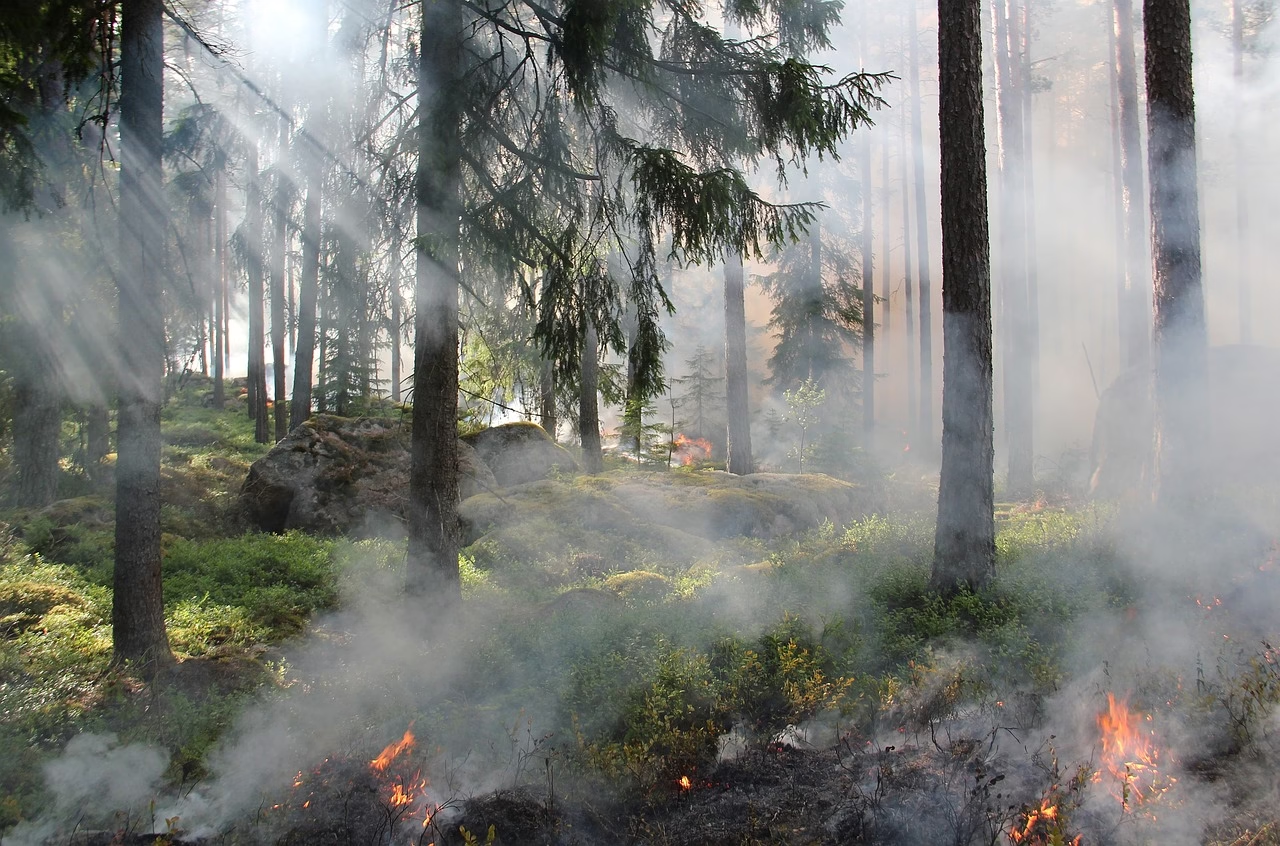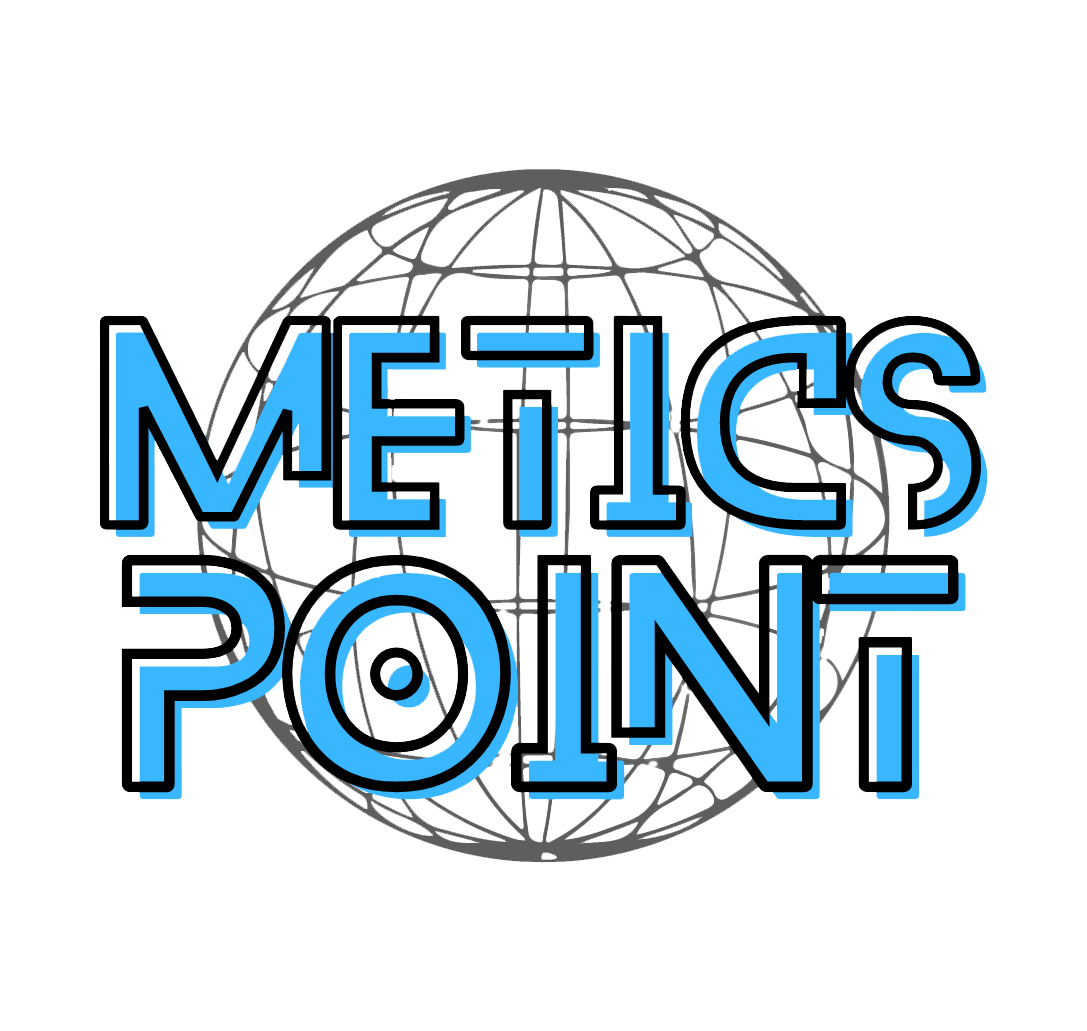Have you ever wondered how historical maps withstand the test of time? These fragile documents, often reflective of changing geographies, political shifts, and cultural landscapes, require meticulous care to preserve their integrity and readability. The necessity to conserve these artifacts goes beyond mere preservation; it involves understanding advanced conservation methods that ensure their longevity for future generations. In this guide, “Advanced Methods for Historical Map Conservation Systems,” we will explore techniques, technologies, and methodologies that play a crucial role in map conservation. Our discussion will encompass historical context, key principles, step-by-step conservation processes, and real-world applications.

Table of Contents
Understanding the Historical Context of Map Conservation
The preservation of historical maps is not a modern-day innovation but rather an evolution of techniques that have grown more sophisticated as our understanding of material science and historical value deepens. In the past, these maps were subject to various threats such as environmental damage, poor handling, and chemical degradation. As early map collectors and historians recognized the importance of preserving these records, the art and science of map conservation began to take shape.
The Evolution of Map Conservation
Map conservation can be traced back to librarians and curators in the early 20th century who recognized the urgent need for better preservation methods. Initially, the focus was on basic storage solutions and simple repairs. However, as technology advanced, so did the tools and techniques available for conservation. Today’s methods include the use of state-of-the-art technologies like digital imaging and non-invasive restoration techniques, highlighting the importance of integrating science with history.

Key Aspects of Conservation
Advanced map conservation involves a multidisciplinary approach that includes chemistry, biology, and art restoration techniques. Each map presents unique challenges due to variations in materials, inks, and environmental exposures that have impacted their condition over time.
Material Analysis
Understanding the composition of historical maps is a cornerstone in developing preservation strategies. By analyzing the paper, ink, and pigments used, conservationists can tailor their methods to maintain the map’s original texture and appearance. For instance, paper from different periods may contain varying levels of acidity, impacting the type of conservation treatment needed.
Environmental Control
Another critical element in the longevity of historical maps is environmental control. Maps are highly sensitive to fluctuations in temperature, humidity, and light, which can accelerate deterioration. Implementing environmental controls like climate-controlled storage and display cases can significantly prolong the life of these documents.

Advanced Methods in Map Conservation
To delve deeper into advanced methods of map conservation, it’s essential to explore both traditional and innovative techniques currently employed by experts in the field. These methods not only aim to preserve the physical integrity of maps but also their informational value.
Digital Imaging and Restoration
With the advent of high-resolution digital imaging, conservators can now create detailed replicas of historical maps without ever touching the original. This process allows for the virtual restoration of maps, correcting faded colors and illegible text in a digital format. Moreover, digital backups serve as insurance against loss or further degradation of the original document.
Non-Invasive Cleaning Techniques
Traditional cleaning methods often involved physical contact with the map, which risked damaging delicate surfaces. Modern conservation leans towards non-invasive techniques, such as the use of soft laser treatments and air jets, to gently remove dust and dirt without causing harm to the material.
Chemical Stabilization
Maps that have suffered from acidity or other chemical instabilities can be treated with neutralizing solutions. This chemical stabilization is crucial in halting the progression of deterioration, allowing for the map’s fibers and pigments to remain intact for much longer periods.

Step-by-Step Conservation Process
To ensure thorough map conservation, a structured approach is essential. Below is a breakdown of the steps involved in this intricate process:
1. Assessment and Documentation
The first step involves a detailed assessment of the map’s condition. This includes photographing the map from all angles, cataloging damages, and noting any previous restoration attempts. Detailed documentation ensures that any intervention is well-informed and reversible if necessary.
2. Cleaning
Using the aforementioned non-invasive techniques, the map is carefully cleaned to remove any surface pollutants. This step is critical in preparing the map for any further restoration work.
3. Repair and Restoration
Once cleaned, the map is repaired using archival-quality materials. Tears are mended with Japanese tissue and wheat starch paste—a traditional repair technique known for its longevity and gentle treatment of paper fibers.
4. De-acidification
If a map displays signs of acidity, a de-acidification process may be carried out to neutralize harmful acid residues. This step helps in preserving the paper and prolonging its lifespan.
5. Digitization
Finally, digitizing the map provides a permanent record and allows for digital restoration efforts. This digital version can be made available to historians, researchers, and the general public, ensuring access while protecting the original.

Enhancing Understanding Through Visuals
Visual aids are an integral part of understanding complex conservation processes. Short educational videos or infographics can illustrate techniques such as map cleaning, repair, and environmental setup for storage. When creating such visuals, ensure they are aligned with the key topics discussed and linked to high-quality sources.
Case Studies: Success in Map Conservation
Applying advanced methods in map conservation has led to remarkable successes worldwide. Consider the restoration of early 19th-century nautical maps used for navigation. These maps, intricate and fragile, have been meticulously restored using the latest conservation technologies, illustrating how historical artifacts can be preserved for educational and historical purposes.
In conclusion, preserving historical maps is essential not only for the accuracy of historical narratives but also for the richness they contribute to cultural and historical scholarship. As technology progresses, these advanced conservation methods will continue to evolve, offering even more ways to preserve these windows into our collective past. Through a combination of traditional expertise and technological innovation, we ensure that the stories etched in these maps remain accessible for future generations.

